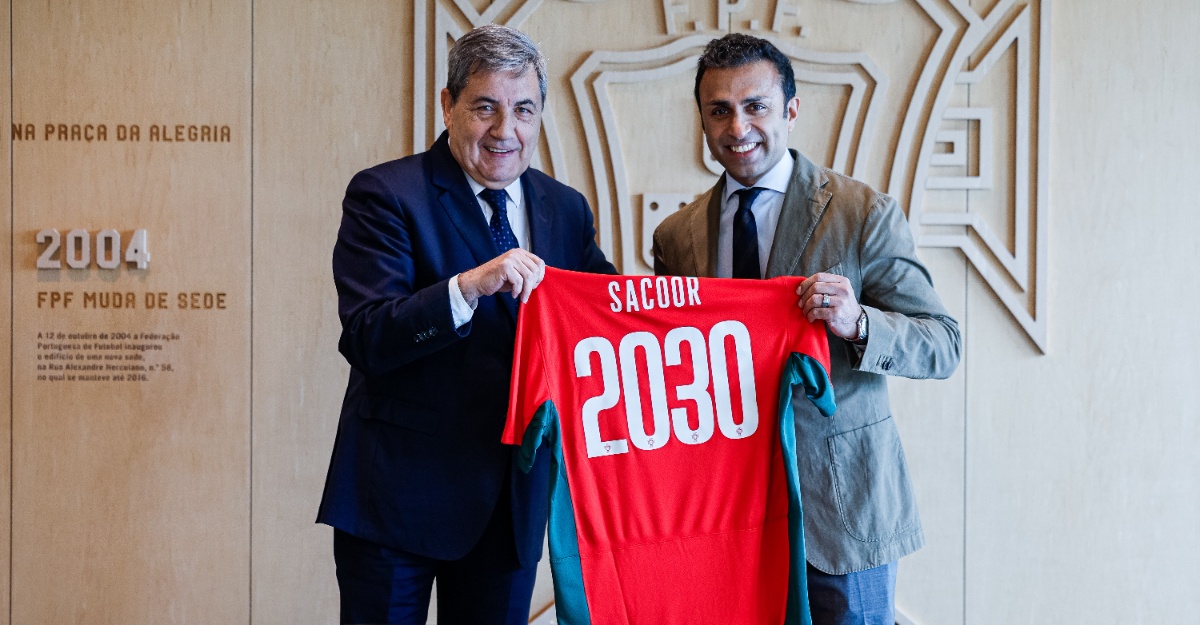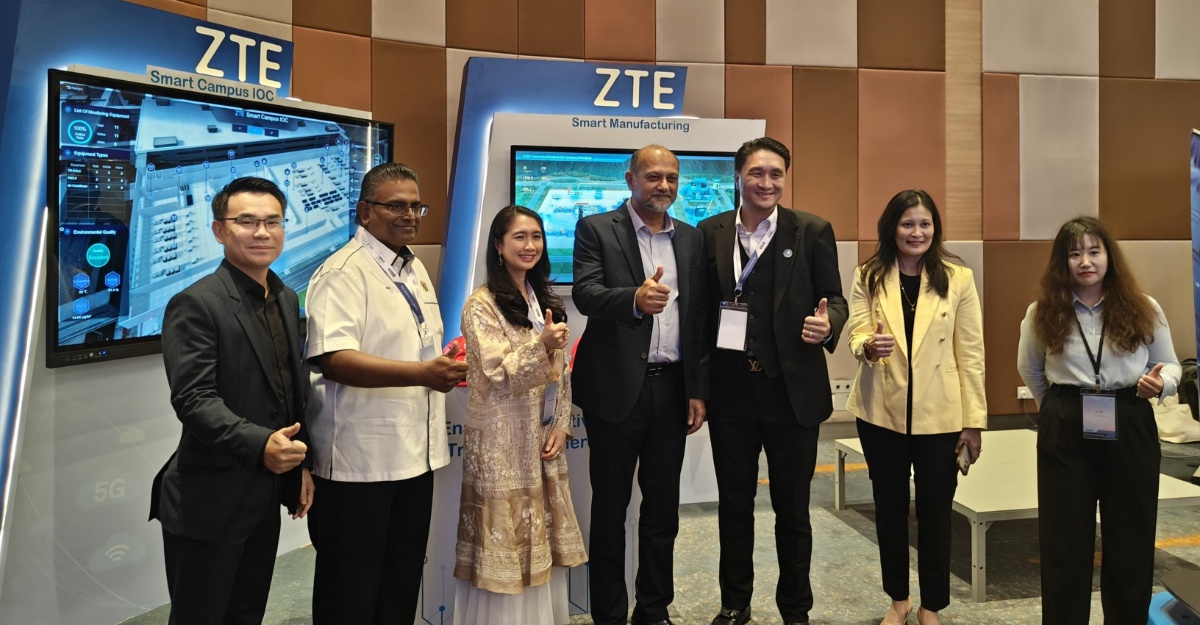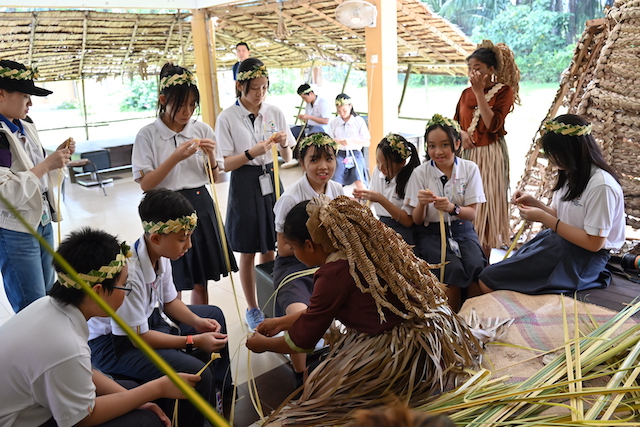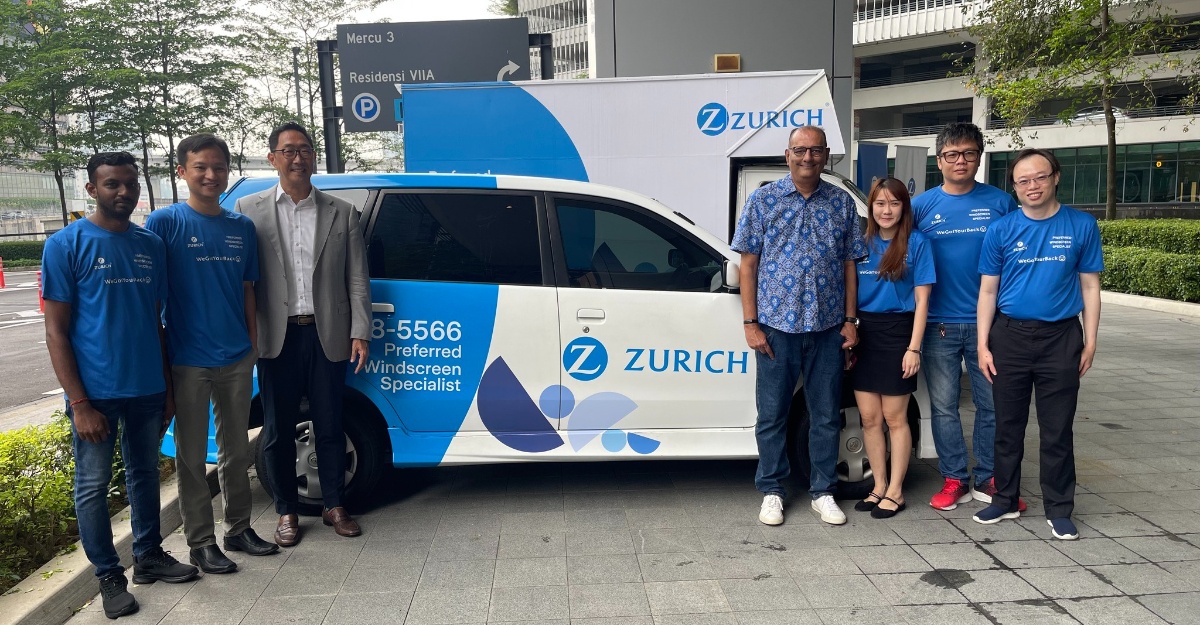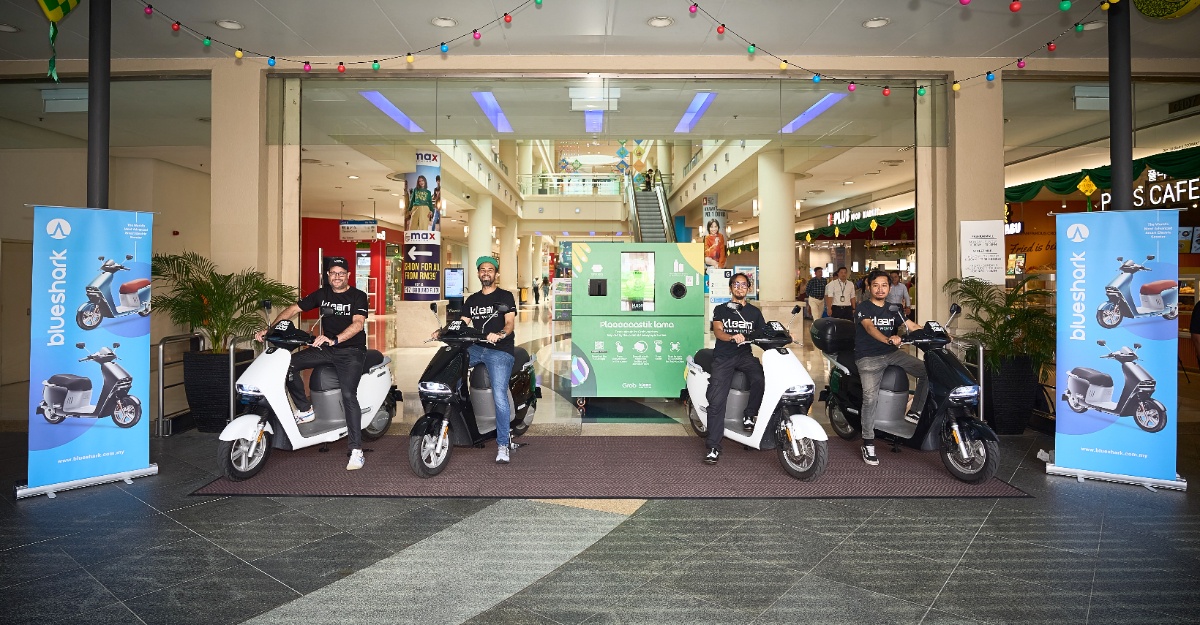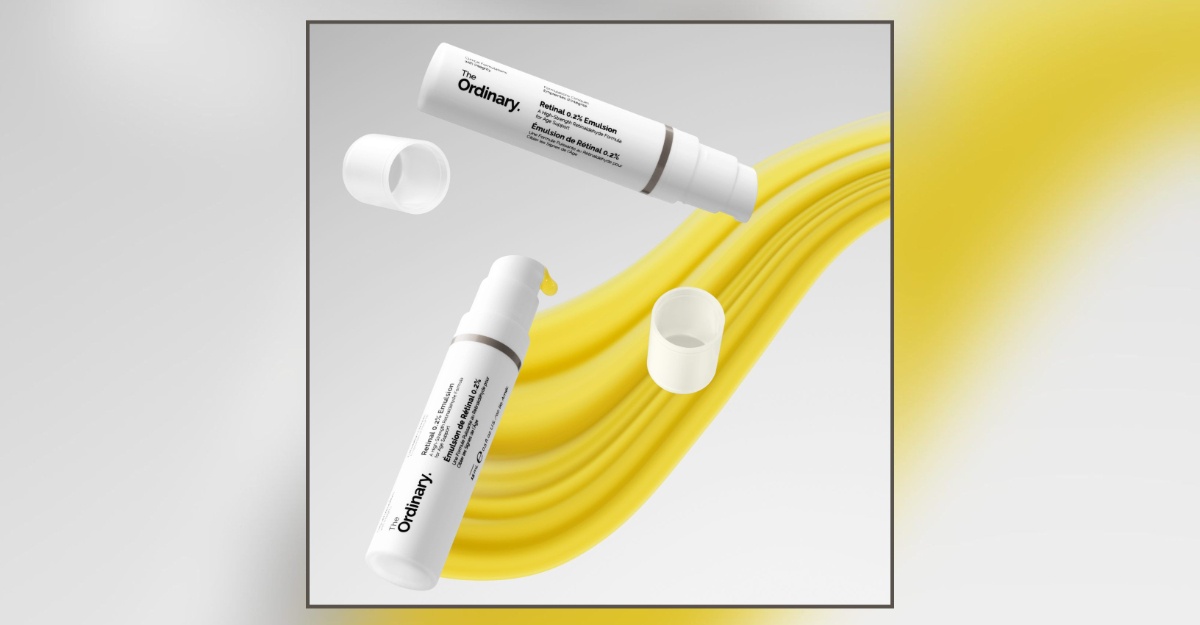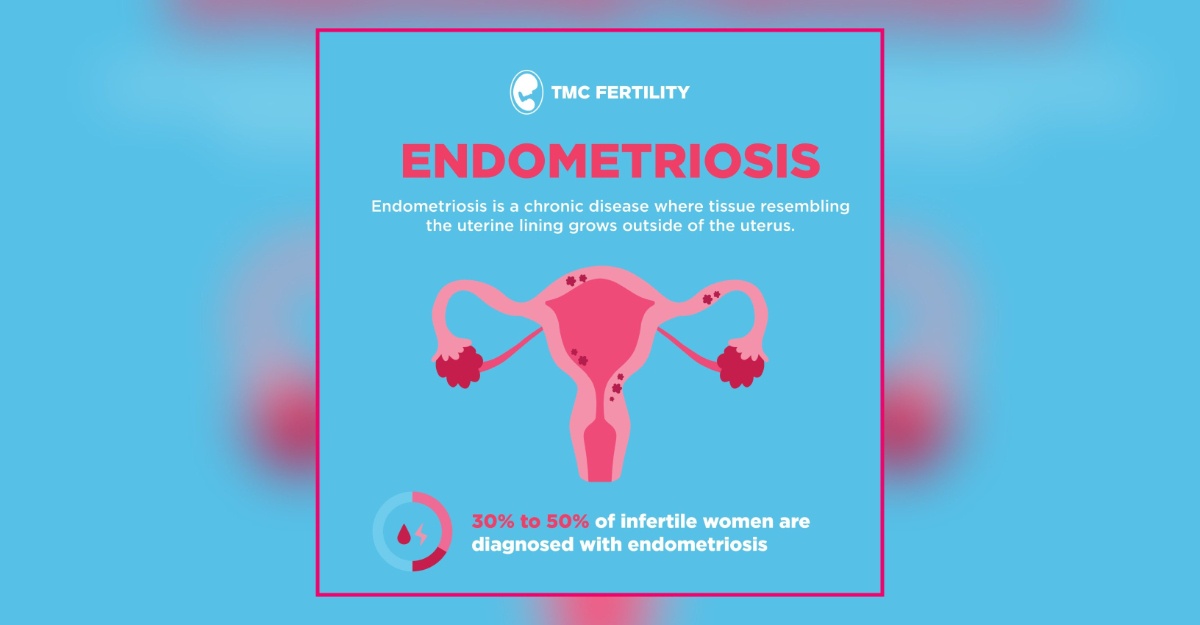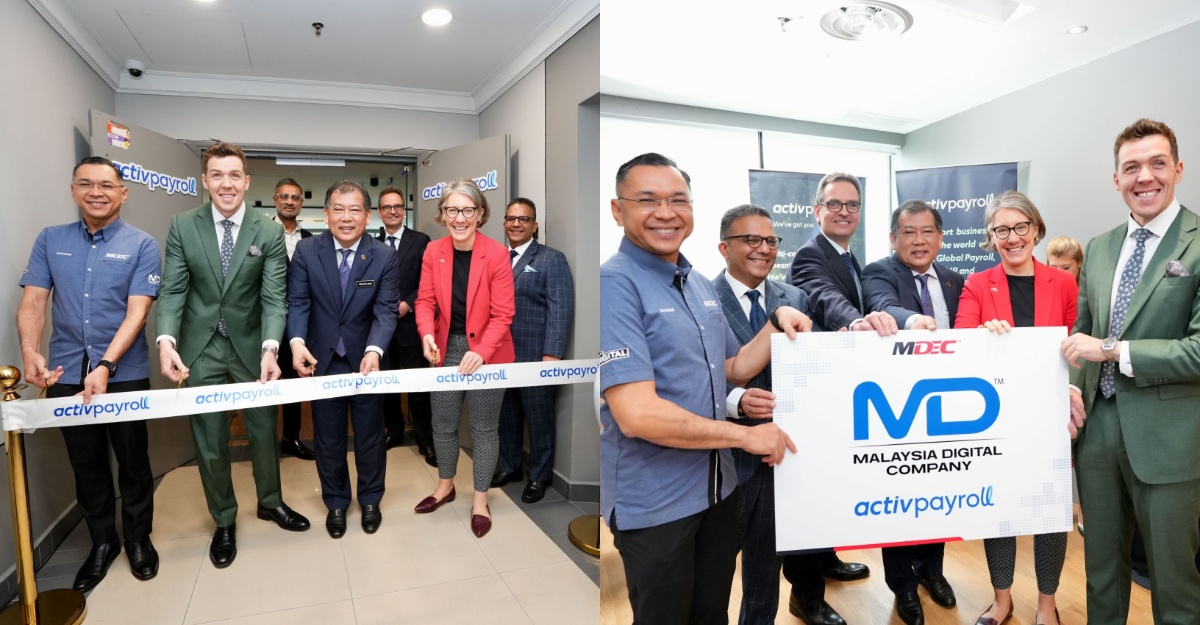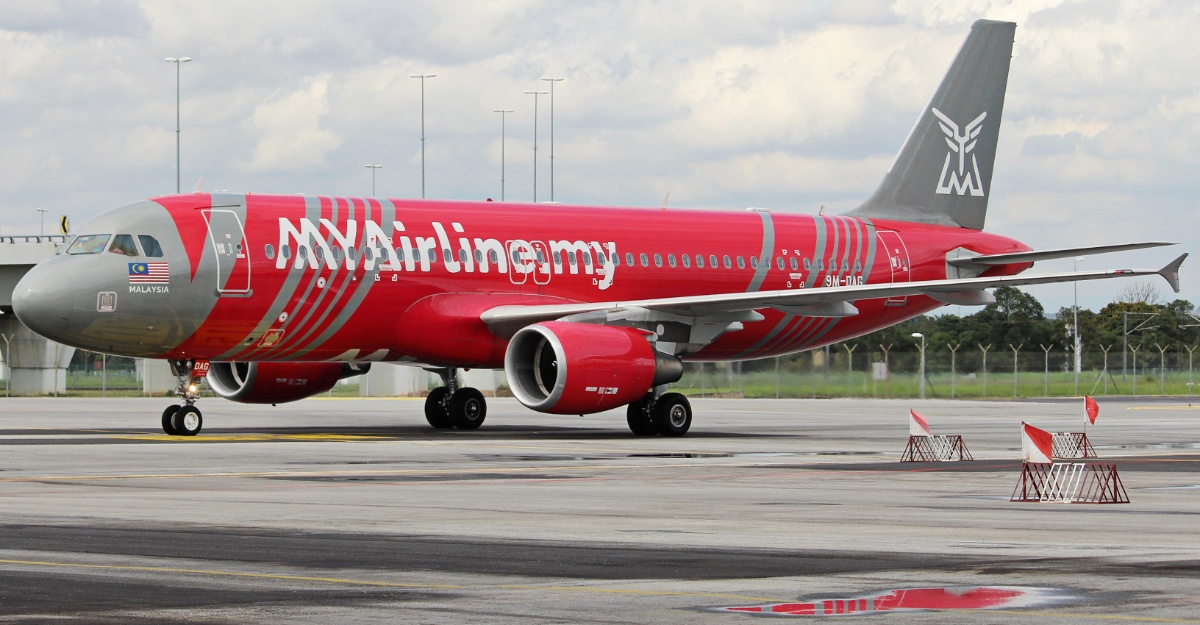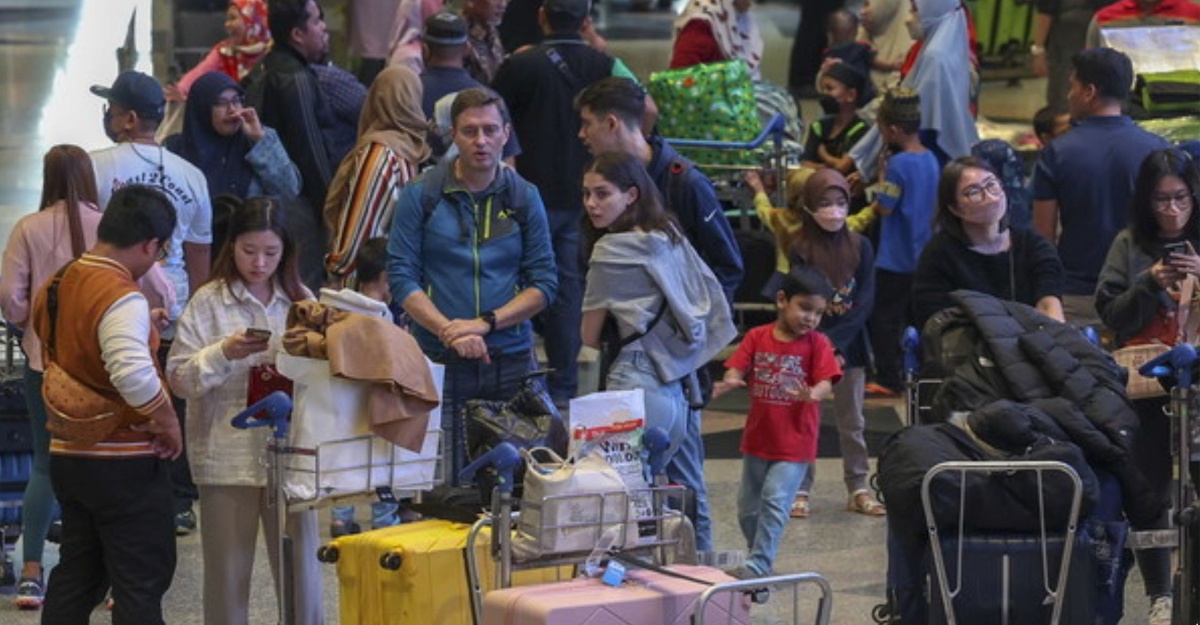KOTA KINABALU, Feb 25– Schools nationwide are set to reopen in stages starting from March 1 although Malaysia is still reporting four-digit new COVID-19 cases every day.
However, the resumption of face-to-face teaching and learning sessions does not mean that teachers, students and parents can bid goodbye to online classes.
Like it or not, coupled with the unpredictable COVID-19 situation and other unexpected eventualities in the future, virtual learning is here to stay and educators and students have no choice but to master the workings of digital education for their own good.
As has been widely reported, Sabah’s education sector faced immense pressure after home-based teaching and learning (PdPR) was implemented in March last year, following the enforcement of the Movement Control Order, due to poor Internet connectivity, particularly in rural and interior areas, and lack of electronic devices such as smartphones, laptops and tablets among students.
Remember the case of Universiti Malaysia Sabah student Veveonah Mosibin,18, from Kampung Sapatalang in Pitas, Sabah, who was forced to climb a tree to get an Internet connection so that she could sit for her online examination?
Veveonah, who shared her experiences on a YouTube video that went viral last year, unwittingly became the “face” of Sabah students who lagged behind in their studies due to poor Internet access and lack of mobile devices such as smartphones and laptops.
STRATEGIES
Sabah State Education Department director Datuk Dr Mistirine Radin was quoted as saying last year that 52 percent of Sabah students did not have access to the Internet and smartphones, computers or other mobile devices to enable them to participate in PdPR sessions.
About 70 percent of schools in Sabah are situated in rural and interior areas.
To assist students without Internet access, the State Education Department, in collaboration with school headmasters, principals and teachers, embarked on an initiative to send teaching and learning materials directly to the homes of the students or, in the case of interior areas, to a transit centre such as the village headman’s house.
Despite the constraints faced by schools and students, the strategies employed by the department to ensure minimal disruption to teaching and learning activities seemed to have borne fruit.
According to news reports, as of Jan 27 this year, more than 70 percent of secondary school students in Sabah were able to participate in online PdPR sessions. Another 20 percent of secondary school students followed offline PdPR and five percent a combination of online and offline PdPR.
As for primary school pupils, 46 percent of them followed online PdPR, 45 percent offline PdPR and nine percent a combination of online and offline PdPR.
HOLISTIC MECHANISM
Meanwhile, the dean of the Psychology and Education Faculty at Universiti Malaysia Sabah (UMS) Associate Prof Dr Sabariah Sharif called for a holistic mechanism to prepare Sabah for the transformation that is now taking place in the education sector.
She said the teaching and learning process should embrace the cybergogy concept in order for virtual learning to be implemented more effectively.
Cybergogy is a teaching and learning concept in education pedagogy spurred by the use of information and communication technology. In short, cybergogy is a virtual learning environment for the advancement of students’ cognitive, emotional and social learning.
However, for Sabah to implement this approach, it would need to undertake preparations in a more comprehensive and structured manner, Sabariah said.
“Cybergogy is not impossible to implement but implementing it will be very difficult as long as shortcomings, such as lack of knowledge, experience, infrastructure and funds, exist. Also important is the support of parents and society and the readiness of all the parties concerned to adapt to the transformation.
“As of now, Sabah’s education sector is not ready to move towards cybergogy because it would entail learning in a fully virtual environment,” she told Bernama.
Head of UMS’ Education with Economics Programme Associate Prof Dr Abdul Said Ambotang said the educational approach utilising the principles of cybergogy has already been in use “for a long time but only in certain schools”.
PRACTICAL
Commenting on PdPR, Sabariah said since an Internet connection is the basis of digital learning, the provision of high-speed broadband networks alone is insufficient – service providers should also provide some form of flexibility in terms of the rates they charge for the low-income group.
She said to ensure that all students get to participate in the teaching and learning process, the most practical way to implement PdPR would be through the use of these three approaches: online, offline and off-site.
Teachers certainly play an important part in creating a more comprehensive, constructive and effective PdPR environment. In terms of their teaching materials, she added, the teachers must take into consideration the abilities, constraints, needs, knowledge and interest of their students as there is no “one-size-fits-all” approach.
“To ensure optimal PdPR outcomes, the best strategies and approaches must be used. Hence, the role of the teacher in creating teaching and learning formats becomes more crucial and critical to the success of PdPR,” she said.
Asked what is the best way to evaluate the level of mastery of a PdPR student, she said it would depend on which of the three domains of learning (cognitive, affective and psychomotor) need to be evaluated.
According to Sabariah, project-based assessments are the most appropriate as they allow all three domains to be measured through the use of rubrics, tests, questionnaires or interviews.
INTERACTIVE TEACHING MATERIALS
To improve the effectiveness of PdPR, Sabariah suggested that the Ministry of Education work closely with universities to develop modules and teaching aids using the latest technologies.
She said teachers should also collaborate through the Professional Learning Community to develop modules using advanced technologies such as augmented reality to create a more meaningful, interesting and interactive learning environment.
Augmented reality is an enhanced version of the real physical world that is achieved through the use of digital visual elements, sound or other sensory stimuli delivered via technology.
“Such interactive learning modules can be developed through collaboration by Ministry of Education and university experts,” she added.
Both the federal and state governments have been doing their part to reduce the digital gap in Sabah and enable more people to enjoy Internet services.
Sabah is set to be the biggest beneficiary of the RM2.4 billion National Digital Network (JENDELA) initiative announced by the federal government in August 2020.
Under the initiative, 419 new towers will be built in the state while 1,972 existing transmitters would be upgraded to 4G, which will improve Internet connectivity and provide wider broadband access in Sabah.
Sources: BERNAMA

